When it comes to job interviews, first impressions are crucial. Dressing appropriately not only demonstrates respect for the opportunity but also shows your professionalism and attention to detail. Within the realm of interview attire, the tie holds a special place as a statement piece that can enhance or detract from your overall appearance. The right tie color can make a subtle yet powerful impact, conveying confidence, trustworthiness, and style. In this article, we will explore the importance of dressing appropriately for a job interview and delve into the significance of selecting the perfect tie color. By understanding the role of tie color and its influence on perception, you can ensure you make the best sartorial choice for your next interview.
Considerations for Selecting a Tie Color
When deciding on the appropriate tie color for a job interview, it’s crucial to consider the company’s culture and the industry’s expectations. These factors can provide valuable insights into the appropriate dress code and help you make a favorable impression.
Researching the Company’s Culture and Dress Code
Before your interview, take the time to research the company’s culture, values, and overall atmosphere. Look for clues about their dress code through their website, social media presence, or employee testimonials. Some companies may have a more formal environment that expects traditional business attire, while others embrace a more relaxed or creative dress code. Understanding these nuances will help you align your tie color choice with the company’s expectations.

Considering the Industry’s Expectations
Different industries have different norms and expectations when it comes to professional attire. For instance, finance or law firms typically lean towards conservative and classic looks, where neutral or darker tie colors are preferred. On the other hand, creative industries may allow for more flexibility and individual expression, allowing for a wider range of tie color options. Researching the industry’s norms will give you a sense of what is considered appropriate and enable you to select a tie color that aligns with those expectations.
Psychological Impact of Tie Colors
The color of your tie can subconsciously influence how others perceive you during a job interview. Different tie colors evoke specific emotions and associations, so it’s essential to understand the psychological impact of each color when making your selection.
Red
Red is a powerful and attention-grabbing color. It signifies boldness, confidence, and assertiveness. Wearing a red tie can help you project energy and enthusiasm, making it an ideal choice for industries that value competitiveness and assertive personalities.
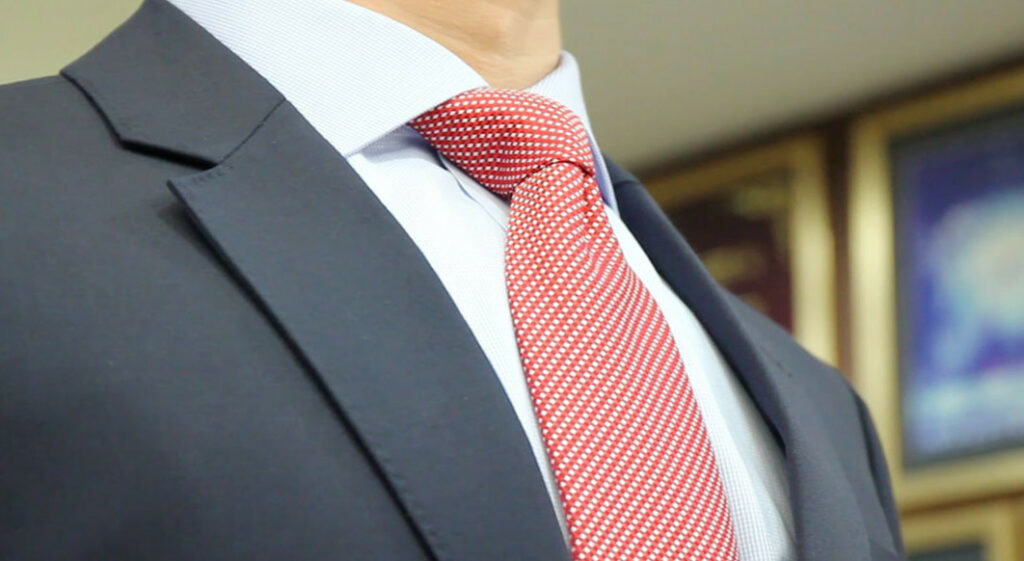
Blue
Blue is often associated with trustworthiness, reliability, and professionalism. It exudes a sense of confidence and stability, making it a safe and popular choice for job interviews. Blue ties are versatile and can work well in various industries, particularly those that prioritize professionalism and integrity.
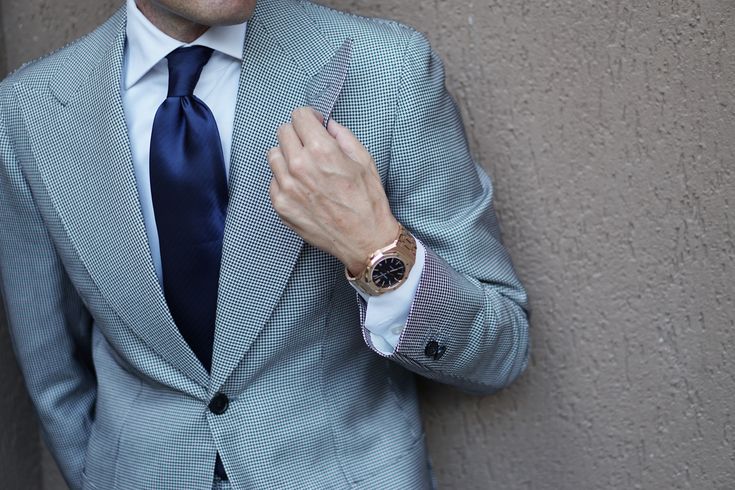
Gray
Gray is a sophisticated and neutral color that conveys a sense of professionalism and practicality. It is a popular choice for more conservative industries or formal corporate settings. Gray ties can help you appear composed, refined, and serious about the opportunity at hand.
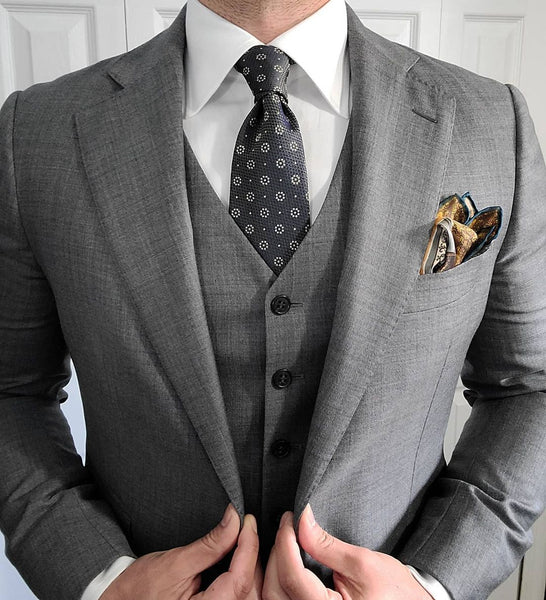
Burgundy
Burgundy is a rich and deep shade that exudes elegance, refinement, and authority. It is a bold choice that can set you apart from the crowd while still maintaining a sense of professionalism. A burgundy tie can be particularly suitable for industries that value tradition and luxury.
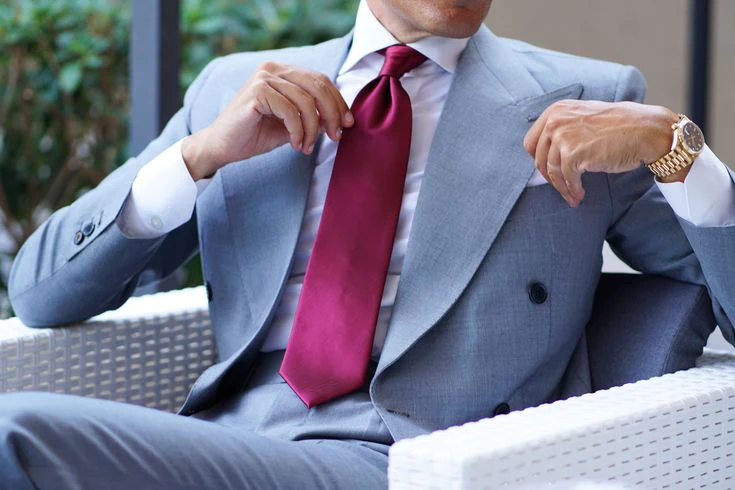
Navy
Navy is a classic and timeless color that signifies confidence, reliability, and trustworthiness. It is a versatile option that works well across various industries and can complement a wide range of suit colors. A navy tie conveys a sense of professionalism and sophistication without being too flashy.

Matching Tie Color with Outfit and Complexion
The tie color should harmonize with the color of your suit to create a well-coordinated and polished look. Consider the following guidelines when selecting a tie color based on your suit color:
Dark suits
If you’re wearing a dark suit such as charcoal gray, navy, or black, opt for lighter tie shades to create contrast and visual interest. Lighter colors like silver, light blue, or pale pink can complement dark suits beautifully. This contrast helps the tie stand out without overpowering the overall look.
Light suits
For lighter suits such as beige, light gray, or pastel tones, choose ties in darker shades to create a balanced and cohesive ensemble. Darker colors like deep blue, burgundy, or forest green can provide an elegant contrast against the lighter suit color, enhancing the overall visual impact.
Complementing the Complexion
In addition to matching the tie with the suit, it’s important to consider how the tie color complements your complexion. Different tie colors can enhance your natural features and skin tone. Consider the following suggestions:
Fair Complexion
If you have a fair complexion, cooler colors like light blues or silvers can complement your skin tone well. Alternatively, you can create contrast by opting for a tie color like burgundy, which adds warmth and depth to your appearance.

Medium Complexion
Those with a medium complexion have a versatile range of options. Blues and neutrals like gray or taupe can work well, providing a classic and professional look. Experiment with different shades within these color families to find what suits you best.
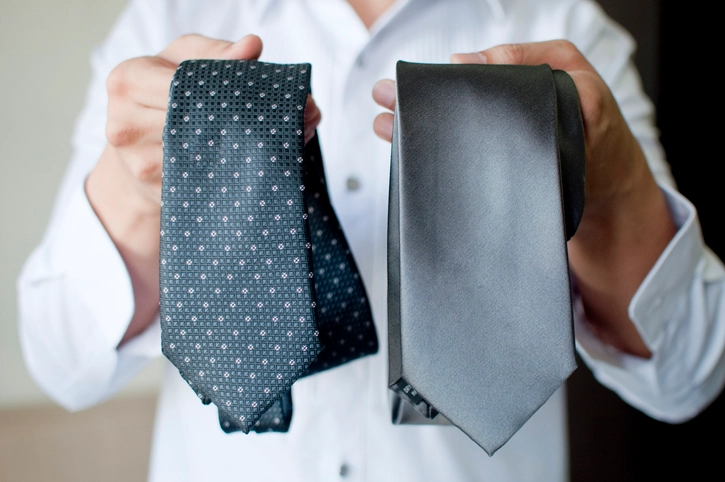
Dark Complexion
Rich, vibrant colors work particularly well for individuals with a dark complexion. Deep shades like burgundy, purple, or dark green can add depth and flair to your outfit, while also complementing your skin tone.
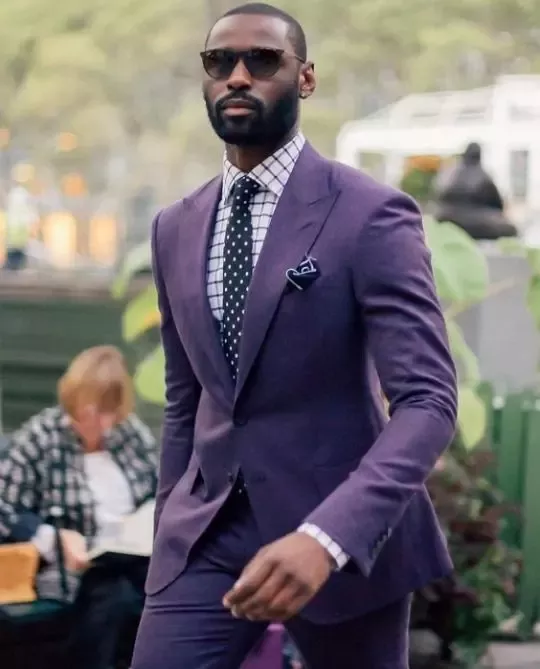
Avoiding Potential Pitfalls
When selecting a tie color for a job interview, it’s important to steer clear of certain pitfalls that can detract from your professional appearance. Consider the following factors to avoid:
Bright and Flashy Colors
While it’s important to make a statement with your tie, it’s crucial to strike the right balance. Avoid overly bright and flashy colors that can be distracting or overpowering. Neon hues or loud, vibrant shades may draw attention away from your overall presentation and give off an unprofessional vibe. Opt for more subdued and classic colors that exude sophistication and professionalism.
Overly Patterned or Novelty Ties
While patterns can add visual interest to your outfit, it’s important to exercise restraint. Avoid ties with excessive patterns or novelty designs that can be distracting or unprofessional. Busy patterns, such as bold stripes or large prints, can take the focus away from your face and undermine your professional image. Opt for ties with subtle patterns, such as small dots or simple geometric shapes, if you want to incorporate some visual interest.
Worn-Out or Stained Ties
A tie that is worn-out, wrinkled, or stained can significantly undermine your overall appearance. It gives the impression of negligence and lack of attention to detail. Before your interview, inspect your tie for any signs of wear and ensure it’s clean and well-pressed. If your tie shows signs of damage or discoloration, it’s best to replace it or choose an alternative option.
Wrap Up
Choosing the best tie color for a job interview is an important aspect of presenting yourself professionally and making a positive impression. By considering factors such as company culture, industry norms, and the psychological impact of tie colors, you can strategically select a tie that aligns with your desired image. Coordinating tie colors with your outfit and complexion enhances your overall appearance and shows attention to detail. Avoiding pitfalls such as bright colors, overly patterned ties, and worn-out or stained ties is crucial for maintaining a polished and professional look. Remember that a well-chosen tie, accompanied by a matching belt, completes your outfit and adds that final touch of refinement and attention to detail.

